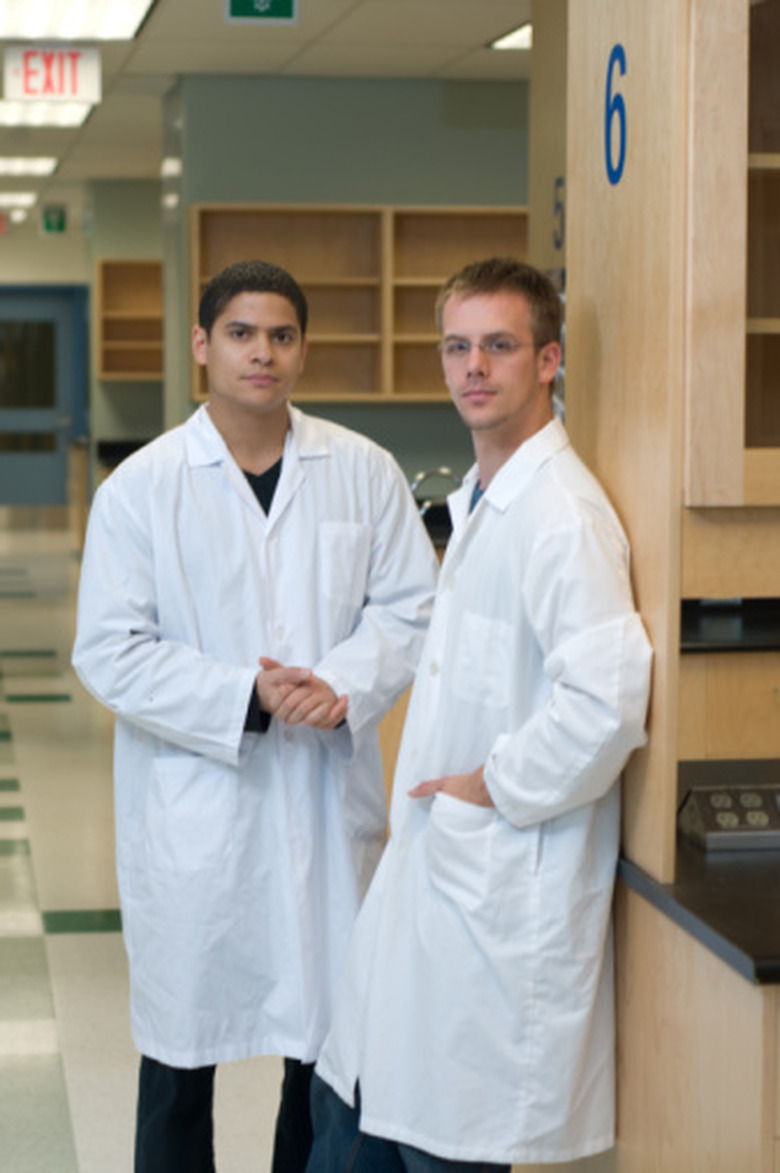Ideas For Hard Science Fair Projects
The purpose of science fairs is to get children excited about methods of observation and inquiry. Participants in a science fair aim to demonstrate their organizational and presentation skills while teaching themselves and others something interesting or even incredible about the natural world. Science fair projects vary depending on the age range of the students involved. While simple demonstrations of chemistry can be made executing such projects as the ubiquitous paper volcano, advanced or ambitious students can attempt a more difficult sort of presentation to maximize their chances of winning first prize.
Plants
Plants
Biology projects using living plant samples require planning and forethought, but yield impressive results. There are multiple factors that can influence plant growth, such as chemical composition of the soil, the mineral content and acidity of the water, ambient temperature and access to sunlight. Science fair projects can aim at testing how any of these specific elements interact with a plant sample. For example, three plants can be grown in similar conditions but with varying water sources as a way of demonstrating the effects of acid rain.
Robotics
Robotics
Designing and building a simple robot is a task that can be accomplished with a bit of determination by any ambitious student. Most model and hobby stores have DIY robot building kits which demonstrate basic engineering principles. Lego's Mindstorm kits, as well as those from other manufacturers, come with motors, sensors and mechanical parts that can be configured in a variety of ways. Robots can be created that perform simple menial tasks, that mimic some aspect of human behavior, or that fight against other robots.
Genetics
Genetics
Genomics is a rapidly expanding science. With so many job opportunities available in this field, a science project that examines the hereditary aspects of biology will be regarded as appropriate and applicable. Students can build a model of DNA, track inheritance of traits in their own family tree or look at fingerprint samples from identical twins. Projects can discuss the usage and ethics of biotechnology, accompanied by sample foods grown from genetically modified organism (GMO) stock and from non-GMO stock.
Computer Science
Computer Science
Computers are a part of our everyday lives, but how do they work? Students can design projects that compare search engines, discussing the intricacies of search strategies and algorithms. Students can write computer programs that model simple principles of physics, such as a bouncing ball. Students can even look at the machine/mind interface with studies of how caffeine affects typing speed or how different font sizes impact memory.
Cite This Article
MLA
Boyle, Garvin David. "Ideas For Hard Science Fair Projects" sciencing.com, https://www.sciencing.com/ideas-for-hard-science-fair-projects-12748124/. 16 March 2011.
APA
Boyle, Garvin David. (2011, March 16). Ideas For Hard Science Fair Projects. sciencing.com. Retrieved from https://www.sciencing.com/ideas-for-hard-science-fair-projects-12748124/
Chicago
Boyle, Garvin David. Ideas For Hard Science Fair Projects last modified August 30, 2022. https://www.sciencing.com/ideas-for-hard-science-fair-projects-12748124/
